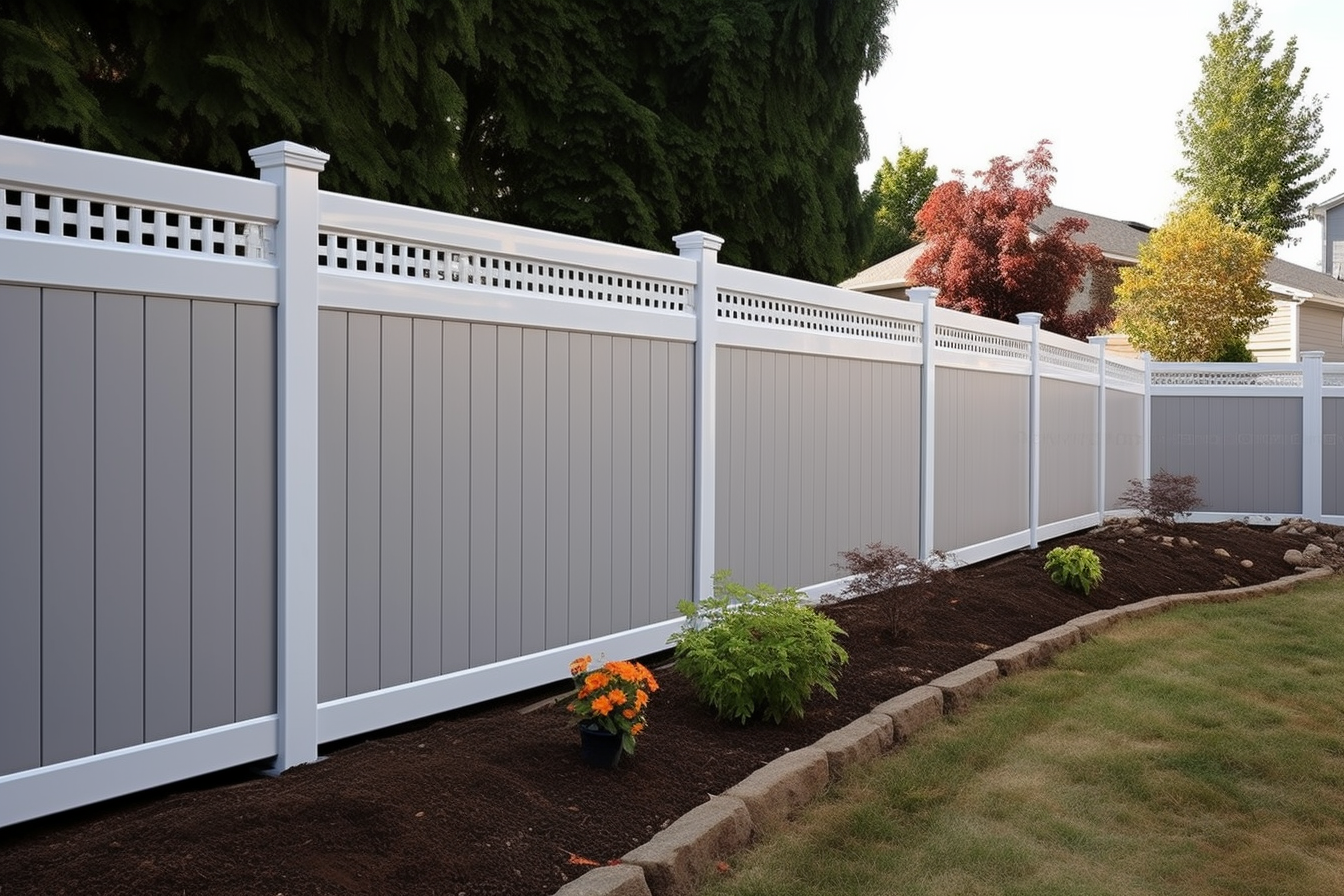How to Choose the Right Garden Fence for Your Needs
Selecting the perfect garden fence is a crucial decision that can significantly impact your outdoor space's aesthetics, functionality, and security. Whether you're looking to enhance privacy, define boundaries, or simply add a decorative touch to your garden, the right fence can make all the difference. This comprehensive guide will walk you through the key factors to consider when choosing a garden fence, ensuring you make an informed decision that meets your specific needs and preferences.

What are the main types of garden fences available?
Garden fences come in a variety of materials and styles, each offering unique benefits and visual appeal. Some of the most popular types include:
-
Wooden fences: Classic and versatile, wooden fences can be customized to suit various styles and heights. They offer natural beauty and can be painted or stained to match your preferences.
-
Vinyl fences: Low-maintenance and durable, vinyl fences are resistant to rot, insects, and weathering. They come in various colors and styles, mimicking the look of wood or other materials.
-
Metal fences: Including options like wrought iron, aluminum, and chain-link, metal fences offer durability and security. They can range from ornate designs to simple, functional barriers.
-
Composite fences: Made from a blend of wood fibers and recycled plastic, composite fences offer the look of wood with enhanced durability and lower maintenance requirements.
-
Living fences: Natural barriers created using hedges, shrubs, or climbing plants, living fences provide a green, eco-friendly option for garden boundaries.
How do I determine the right height for my garden fence?
Choosing the appropriate fence height depends on several factors:
-
Local regulations: Check your local zoning laws and homeowners’ association rules for any height restrictions.
-
Purpose: Consider why you’re installing the fence. Privacy fences typically range from 6 to 8 feet tall, while decorative fences can be as low as 3 feet.
-
Aesthetics: Balance the fence height with your home and garden’s overall look to maintain visual harmony.
-
Neighbors: If you share a boundary, discuss your plans with neighbors to ensure everyone is satisfied with the proposed height.
-
Garden features: Consider existing structures, plants, and views when determining fence height to avoid blocking desirable sightlines or creating an imposing presence.
What factors should I consider for fence durability and maintenance?
When selecting a garden fence, durability and maintenance requirements are crucial considerations:
-
Climate: Choose materials that can withstand your local weather conditions, such as extreme temperatures, humidity, or saltwater exposure.
-
Maintenance level: Consider how much time and effort you’re willing to invest in fence upkeep. Some materials, like vinyl, require minimal maintenance, while wood may need regular staining or painting.
-
Lifespan: Research the expected lifespan of different fence materials to ensure your investment aligns with your long-term plans.
-
Pest resistance: In areas prone to termites or other wood-destroying insects, consider naturally resistant materials or treated options.
-
Warranty: Look for fences with robust warranties to protect your investment against defects or premature deterioration.
How can I ensure my garden fence complements my outdoor space?
A well-chosen garden fence should enhance your outdoor area’s overall aesthetic:
-
Match architectural style: Select a fence design that complements your home’s architecture and existing landscaping.
-
Consider color: Choose a fence color that harmonizes with your home’s exterior and garden palette.
-
Balance privacy and openness: Determine how much visual separation you desire and select a fence style accordingly.
-
Incorporate landscaping: Plan for plants, vines, or climbing flowers that can soften the fence’s appearance and integrate it into your garden.
-
Add decorative elements: Consider incorporating lattice tops, post caps, or decorative panels to enhance visual interest.
What are some affordable garden fence options?
For those seeking budget-friendly fencing solutions, several options offer good value without compromising on quality:
-
Chain-link fences: While not the most aesthetically pleasing, chain-link fences are cost-effective and durable.
-
Pressure-treated wood: More affordable than cedar or redwood, pressure-treated pine offers decent durability at a lower cost.
-
Split-rail fences: Simple and rustic, split-rail fences are economical and well-suited for large properties or rural settings.
-
Bamboo fences: Natural and eco-friendly, bamboo fencing can be an affordable alternative to traditional wood options.
-
DIY installation: Consider installing the fence yourself to save on labor costs, but ensure you have the necessary skills and tools.
How do popular garden fence options compare in terms of cost and features?
When comparing garden fence options, it’s essential to consider both upfront costs and long-term value. Here’s a comparison of some popular choices:
| Fence Type | Material | Average Cost per Linear Foot | Lifespan | Maintenance Level |
|---|---|---|---|---|
| Wood (Cedar) | Natural wood | $15 - $30 | 15-30 years | Moderate |
| Vinyl | PVC | $20 - $40 | 20-30+ years | Low |
| Aluminum | Metal | $25 - $45 | 20-30+ years | Low |
| Chain-link | Metal | $10 - $20 | 15-20 years | Low |
| Composite | Wood-plastic blend | $25 - $35 | 20-30+ years | Low |
Prices, rates, or cost estimates mentioned in this article are based on the latest available information but may change over time. Independent research is advised before making financial decisions.
In conclusion, choosing the right garden fence involves carefully considering your specific needs, budget, and aesthetic preferences. By weighing factors such as material, height, durability, and style, you can select a fence that not only serves its practical purpose but also enhances the beauty of your outdoor space. Remember to check local regulations and consult with professionals if needed to ensure your chosen fence meets all requirements and is installed correctly.




